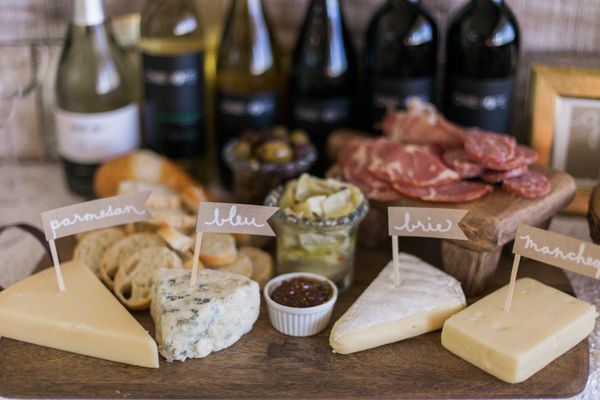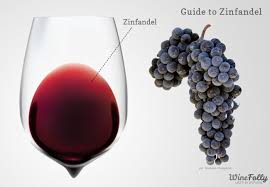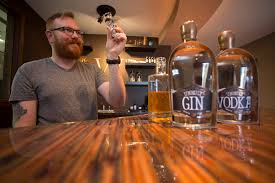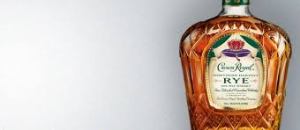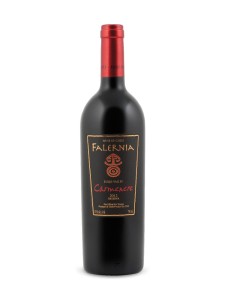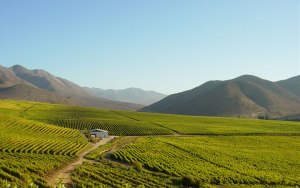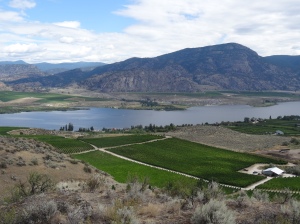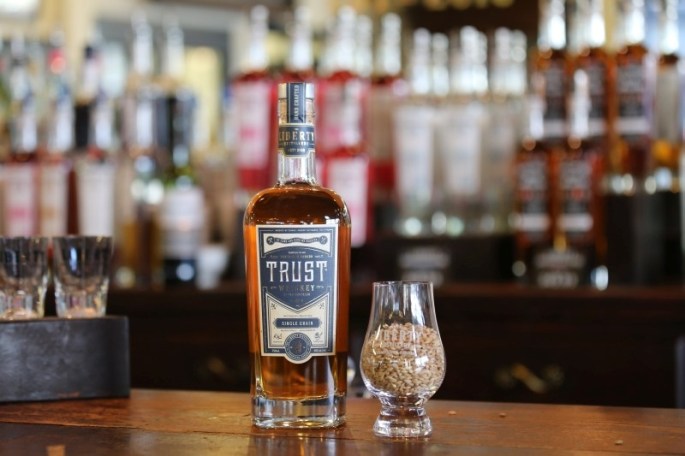
BC craft distilleries are beginning to release malt and other grain whiskeys after the requisite three-year barrel aging process. The good news is that these small-batch spirits may rival world class whiskey hailing from the southern US, Scotland, and Japan. They are using a good variety of barrels such as French oak, ex-bourbon, and Madeira. However, the bad news is we may need to wait a few more years until we get some longer termed aged whiskeys. As any whiskey lover knows the ideal barrel aging requirement is between eight and twenty years. Until then a few distilleries have released whiskeys which will give us a sense if they are going in the right direction. The following list is an introduction to some whiskeys crafted from 100% BC grains and aged in various barrels.
Urban Distillery, Single Malt – French oak stave in the bottle gives this malt a strong oak flavor with citrus, vanilla, and spice, nice mouthfeel with a bit of oiliness.
Liberty Distillery, Trust Whisky, Single Cask Madeira – Nice lemon, almond and cinnamon spice on the finish, smooth and quite complex.
Pemberton Valley Organic, Single Malt – Malted BC barley with a touch of smoky peat aged in ex-bourbon cask, honey, floral heather with dark cherry and vanilla undertones.


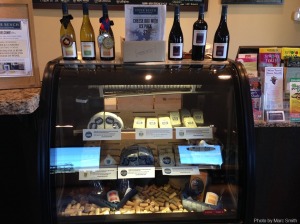 :
: